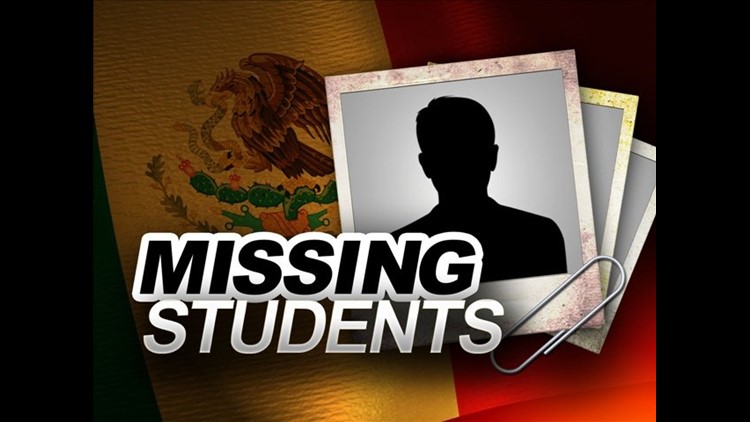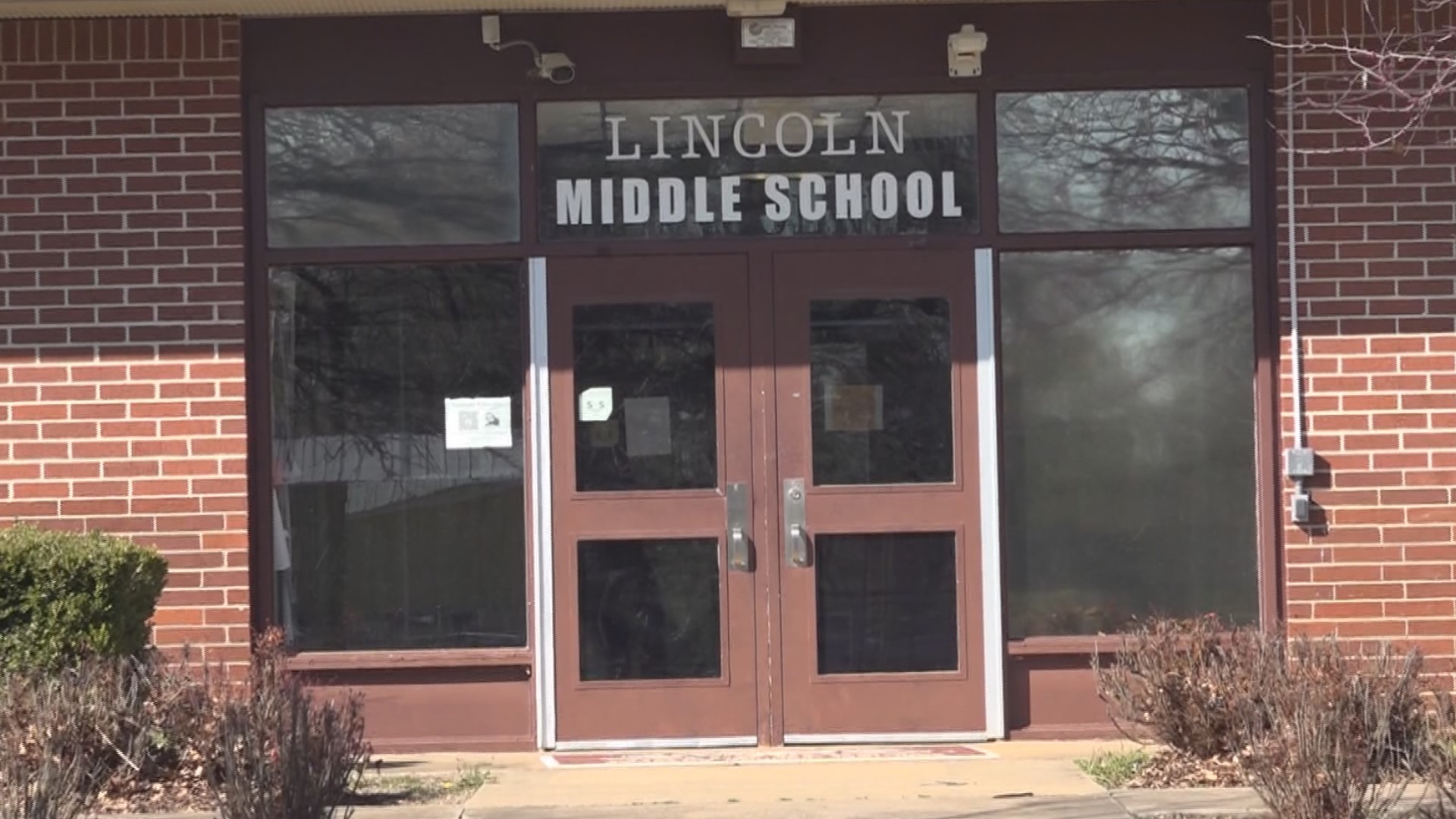(CNN)- The 43 Mexican students who disappeared near Iguala, in southern Mexico in September, were kidnapped by police on order of the mayor, and turned over to a gang that killed them and burned their bodies before throwing the remains in a river, the nation’s attorney general said Friday.
This is the conclusion that investigators have reached, Attorney General Jesus Murillo Karam said, though he cautioned that it cannot be known with certainty until DNA tests confirm the identities.
This will be a challenge, he said, as the badly burned fragments make it difficult to extract DNA.
Describing it as one of the most complex federal investigations in recent times, Murillo outlined what he said befell the students from a rural teacher’s college in Ayotzinapa, Guerrero state.
Three men arrested in connection with the disappearance of the students admitted to having killed a large number of people believed to be the students, Murillo said.
Murillo said police officers handed the victims to the three men, who he said belong to the Guerreros Unidos gang.
Authorities had already arrested a Mexican mayor called the “probable mastermind” in the mass abduction. Iguala Mayor Jose Luis Abarca and his wife, Maria de los Angeles Pineda, were caught earlier this week.
The attorney general identified the three gang members who confessed as Patricio Reyes Landa, Jhonatan Osorio Gomez and Agustin Garcia Reyes.
The victims were mostly men in their 20s studying to become teachers at a college in rural Ayotzinapa. On September 26, they traveled on buses and vans to nearby Iguala for a protest. They haven’t been seen or heard from since.
According to Murillo, the mayor ordered police to intercept the buses carrying the students. The police confronted the students twice on their journey, killing three in one confrontation, and forcibly taking all of them to a police station the second time, the attorney general said.
The students were then moved to a location where they were handed over to members of the Guerreros Unidos gang, he said.
The gang members transported the students in various trucks to a garbage dump, Murillo said.
Some were dead already, and those who were alive were questioned by gang members about their alleged involvement with other gangs, Murillo said.
There is no evidence to show that the students were involved with gangs, he said.
The three gang members who confessed told police they don’t remember exactly how many people they killed, but they were told by their leaders that there were more than 40, Murillo said.
The slain students were then burned at the dump in a fire that was kept alive for at least 14 hours by adding diesel fuel, tires and debris, the attorney general said.
The next day, the gang members were ordered to further break up the remains and place them in black garbage bags that were tossed into the San Juan River, Murillo said.
Scuba divers searched the river and found pieces of the bags and remains. One bag was found intact, with human remains inside, the attorney general said.
“I know the huge pain this information gives the families, a pain that we all share in solidarity,” Murillo said.
The Iguala incident in has sparked protests all across Mexico, some of them violent. There have been multiple acts of vandalism in Guerrero state. Protesters have blocked roads and toll booths in cities like Chilpancingo, the capital. They have also blocked access to shopping malls in the beach resort of Acapulco.



